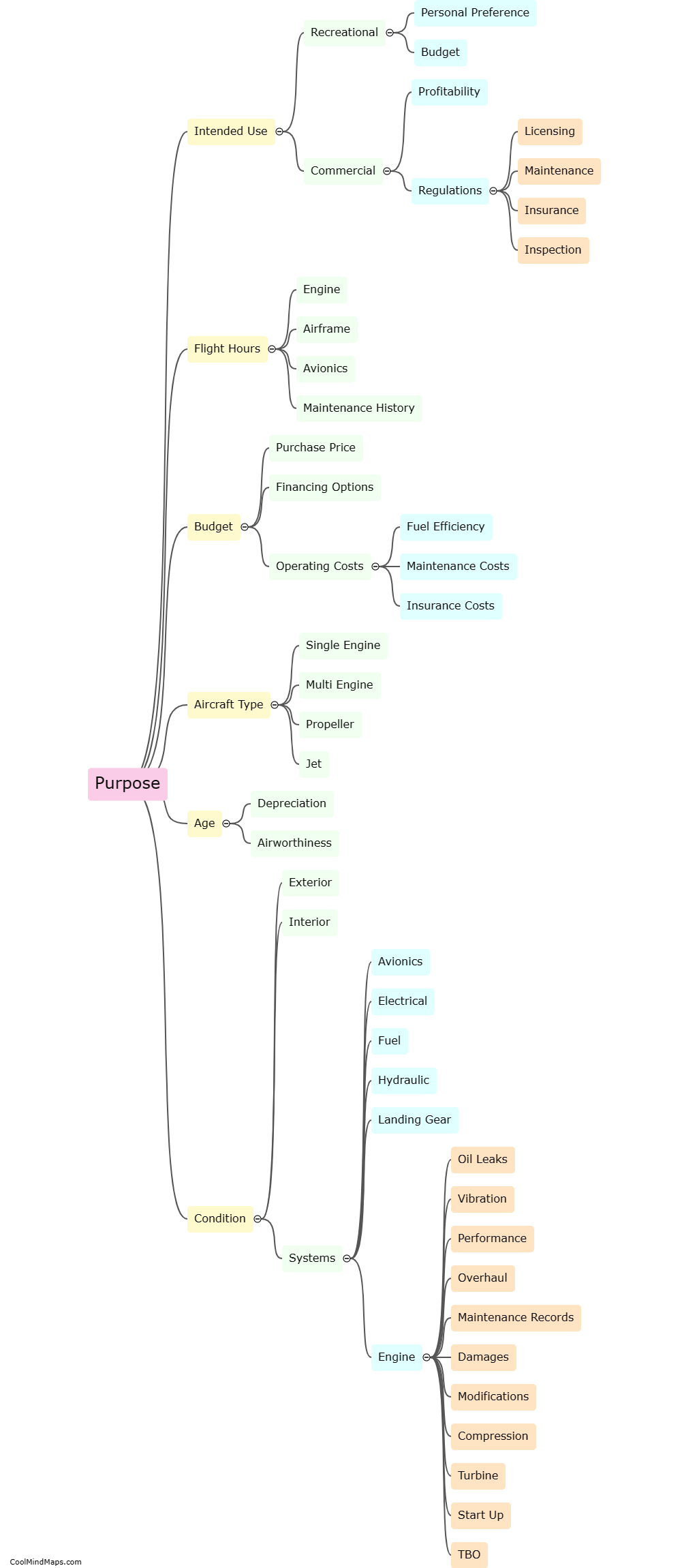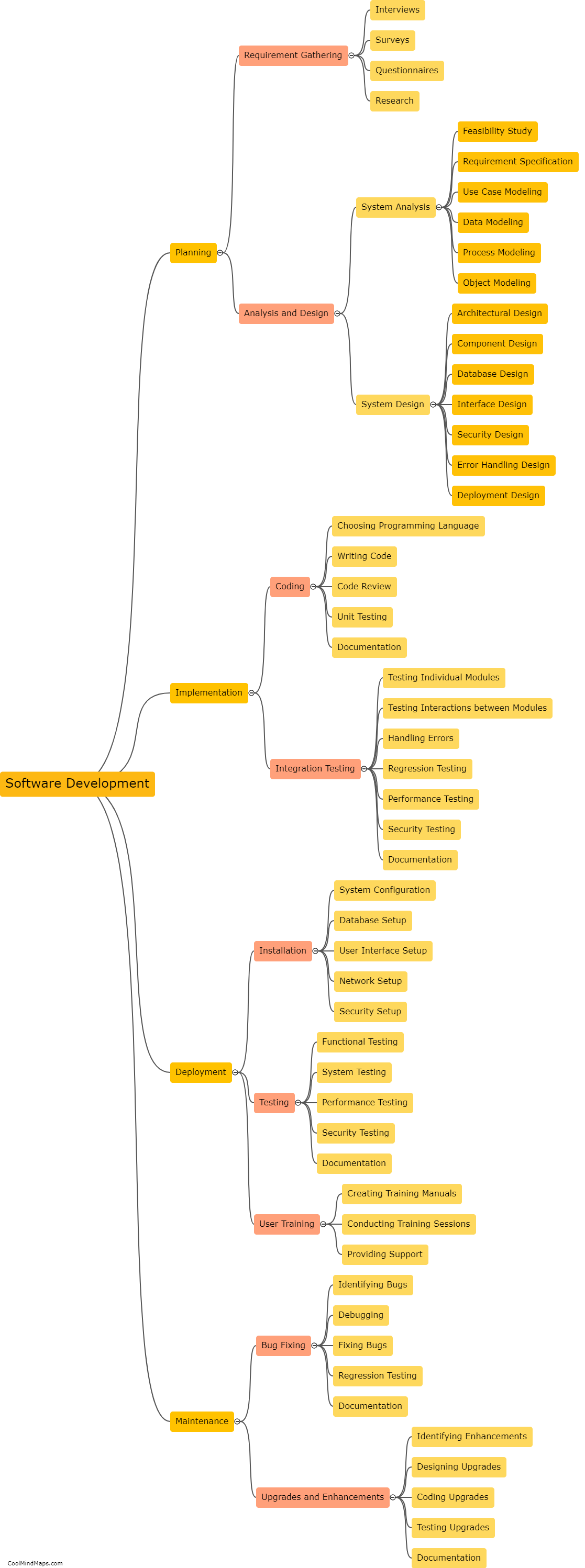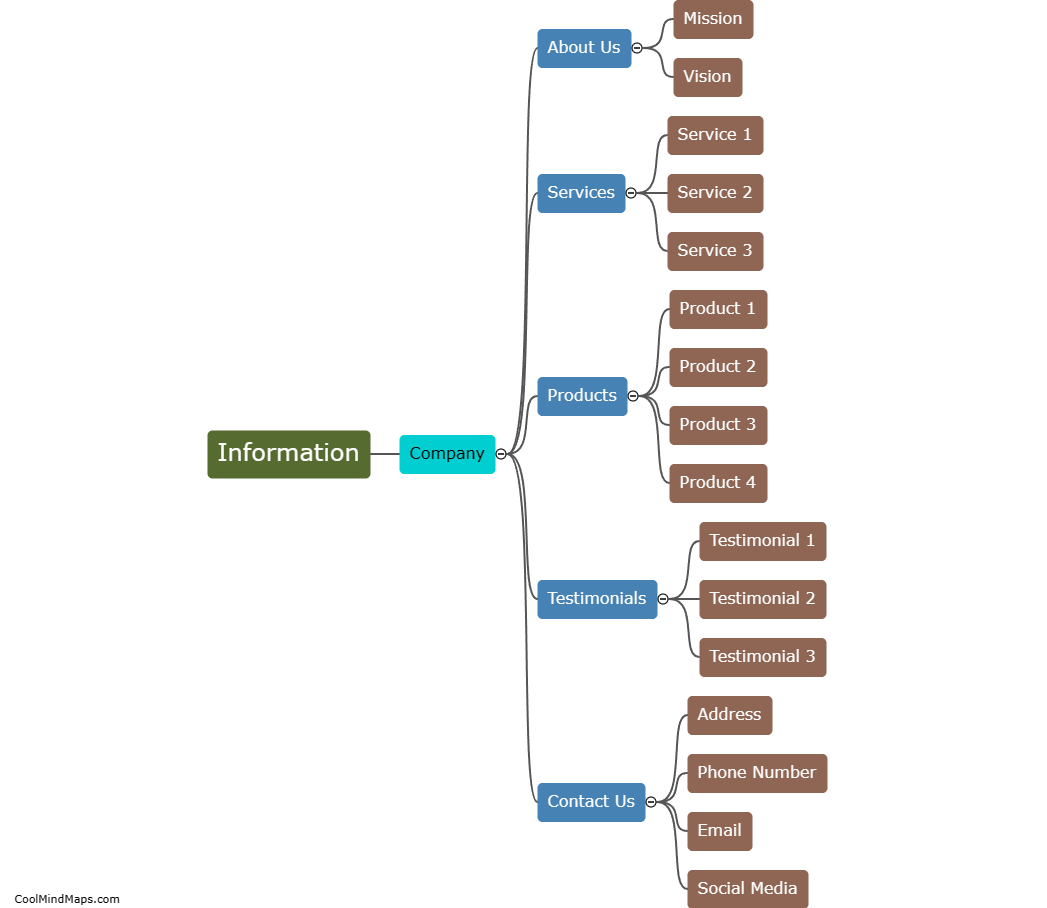How does web 3.0 differ from previous web versions?
Web 3.0, also known as the Semantic Web, represents the next evolution of the internet. Unlike previous iterations, Web 3.0 aims to enhance the web experience by making it more intelligent, intuitive, and personalized. While Web 1.0 focused on static websites and Web 2.0 introduced interactive platforms and social networking, Web 3.0 leverages artificial intelligence and advanced algorithms to understand and interpret data, enabling machines to better assist humans in their online activities. It emphasizes the use of metadata, linked data, and ontologies to establish meaningful connections between information, resulting in more accurate search results, proactive recommendations, personalized content, and enhanced user experiences. Web 3.0 also embraces the Internet of Things (IoT), where connected devices further contribute to the web's knowledge and capabilities. Overall, Web 3.0 represents a shift towards a more intelligent and interconnected internet experience.

This mind map was published on 24 July 2023 and has been viewed 112 times.











